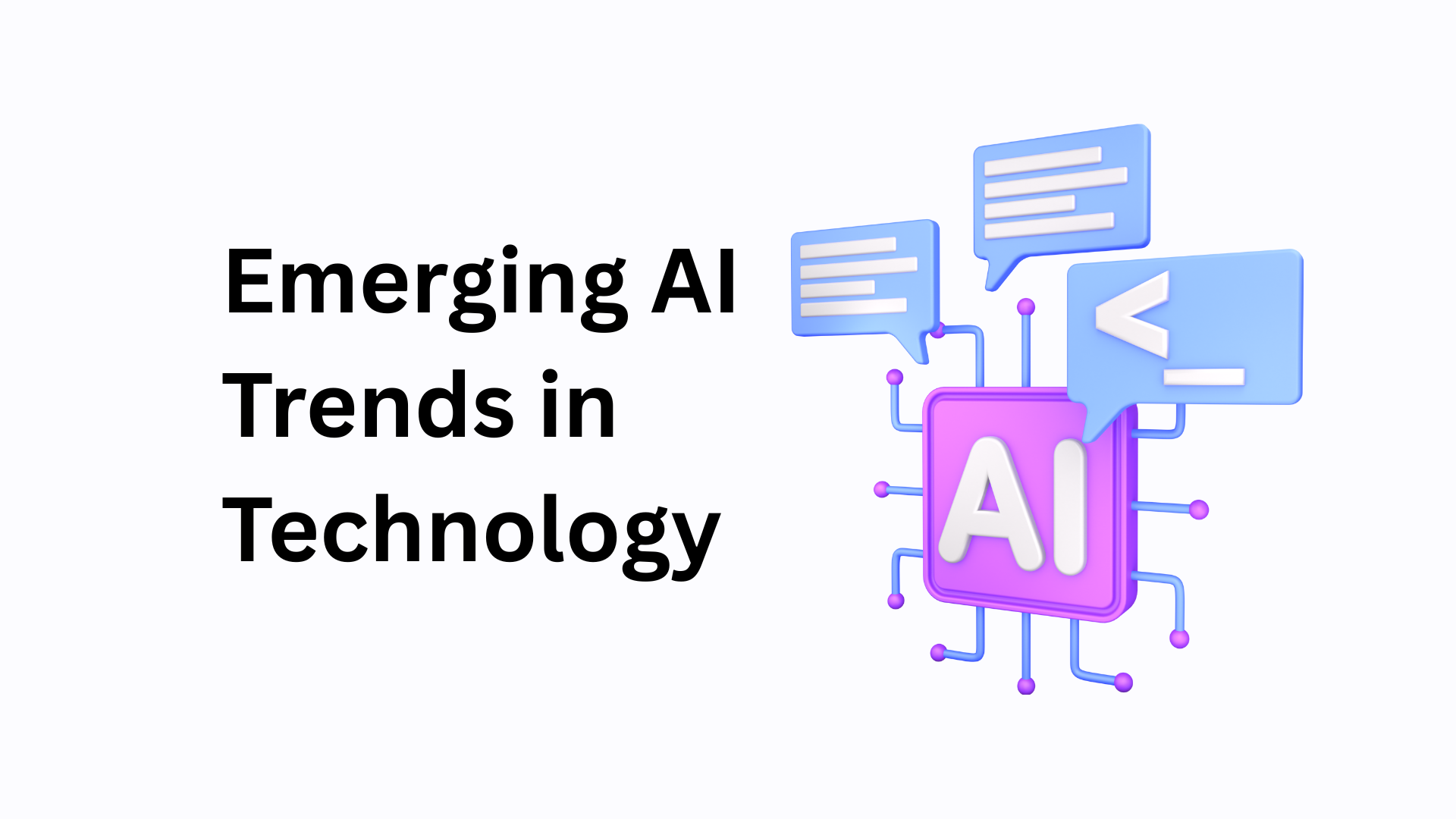How Data Automation Streamlines Analytic

Automation, whether through specifically designed data pipeline software or through AI integration, has swept across the analytics industry over the past few years. Across the workforce, the most commonly automated task consistently revolves around data management, with 58% of businesses using automation for data entry, reporting, and planning. A further 36% of businesses use data automation to streamline compliance, helping to remove the complexity of effective data practices.
Automation is such a powerful tool in the world of data because it combats the largest challenge that the industry faces: human error. Small mistakes in data entry can lead to incorrect analysis and reduce the impact of actionable insights. While some small mistakes may not seem like a big problem, they can rapidly snowball and derail the efficacy of all departments that use data-driven insights.
Especially when it comes to analytics, data automation is vital as it helps to reduce errors, speeds up the processing of new data, and can help overhaul the process to make it more effective than ever before.
In this article, we’ll explore the world of data automation, comment on where automation is most commonly used, and discuss the benefits it can have for analytics.
What is data automation?
Data automation is the process of using tools and systems to make the process of extracting, collecting, transforming, storing, and analyzing data as easy as possible. To do this, data engineers will automate segments of the data pipeline to ensure it flows without the need for human intervention.
Data automation can enhance various facets of analytics, particularly in the accuracy and speed of data processing. By integrating automation tools like a JavaScript spreadsheet library, businesses can improve data normalization and aggregation. This allows for better preparation of data for advanced analysis stages, minimizing the risk of human error and providing more reliable insights Over time, data automation will improve the speed of data processing and help reduce errors along the course of data’s journey through your business.
There are various segments of the data pipeline that your business can streamline with data automation:
a. Data Collection: As we suggested, human error is routinely one of the causes of disruptions to the data pipeline. By automating this initial stage of data collection and processing with web scraping and various API systems, you can rapidly collect new information to add to the data pipeline.
b. Data Transformation: Whether your business uses ETL or ELT, you can automate the transformation stage of the data pipeline to streamline data normalization, aggregation, and any processes that prepare data for future analysis. In industries such as manufacturing, integrating automation with tools like shift handover software ensures that critical data and insights are passed between teams without gaps or errors, supporting a smoother and more reliable transformation process.
c. Storage: Automating data storage, especially when connected to centralized data repositories like cloud data warehousing, can help to use business resources more effectively. You can optimize the storage of new data, archive datasets that are no longer in use, and adjust resource utilization based on consumption over time.
d. Analysis: The analysis phase of the data pipeline traces the application of statistical models to uncover surprising patterns and trends in the data. Automating this section can provide analytics much faster, helping your company make business decisions in an agile manner.
e. Governance: Data governance is a life-long battle that ensures you fall on the right side of regulatory restrictions. Automating these processes helps you maintain compliance throughout your data management and storage.
f. Reporting: Finally, your business can also automate reporting to turn the insights from your analysis phase into graphs, infographics, and visualizations.
Depending on the tools, software, and programs you have at your disposal, essentially any area of the data pipeline can be automated. One word of advice is to extensively test your automation before
How does data automation improve analytics?
The analytical stage of the data pipeline is where your data team brings numbers to life. Instead of groups of unrelated datasets, data analytics can tease out new insights into how information connects and what that insight can do for your business.
While your business can automate almost any area of the data pipeline, it’s within this analytical stage that we see many of the benefits of automation come to light.
Let’s explore some of the benefits of automation in analytics.
Allow for Improved Real-Time Analytics
Real-time insights are becoming increasingly important in the world of business operations. Where every tiny change can have a huge difference over time, the ability to micro-manage data to produce live insights that are accurate to the millisecond is particularly useful. Automation allows businesses to begin to move away from batch processing data and instead focus on real-time analytics.
By processing and analyzing data the moment it becomes available to your business, you can receive timely insights without the need to work around the clock to produce them.

Business Scalability
Your company data is one of your most important resources, as it allows you to more effectively plan for the future, adapt to change, and respond to the interests and desires of your customers.
As your business continues to grow, it’ll produce, analyze, and use more data than ever before. Automating the process of data analytics will allow your business to continuously adapt to larger volumes of data. Instead of having to spend more and more time analyzing data, your teams can instead focus on creating a streamlined process of automated analysis.
From there, they will be able to deal with larger volumes of data without having to work more.Over time, automation can turn into a powerful tool that you can leverage to scale every area of your business.
Consistency
One problem that the world of data analytics constantly faces is low-quality data. Whether that relates to incomplete data or datasets with inconsistencies, a low level of data quality can severely impact the productivity and efficacy of your data analytics. By turning toward automation, your business effectively minimizes the possibility of creating human errors in your data workflows. The more segments of your data pipeline that you automate, the less likely you are to run into small but frustrating errors.
Final Thoughts
If data is the most valuable resource that your business has available to it, then data automation is the most powerful tool you have at your disposal. Data automation can improve every area of your data pipeline, spanning from improvements in data collection to expediting the production of reporting visualizations. When it comes to data analytics, data automation has myriad benefits, including speeding up the process, reducing errors, and providing clarity for all parties involved.
While it may take some time to get yourself up to speed on how to optimize the tools and systems you use for automation, the time and financial investment are well worth it. A data-driven business has a clear competitive advantage in its industry. By streamlining the data pipeline and analytics with automation, companies can turn this advantage into a critical point of success.








